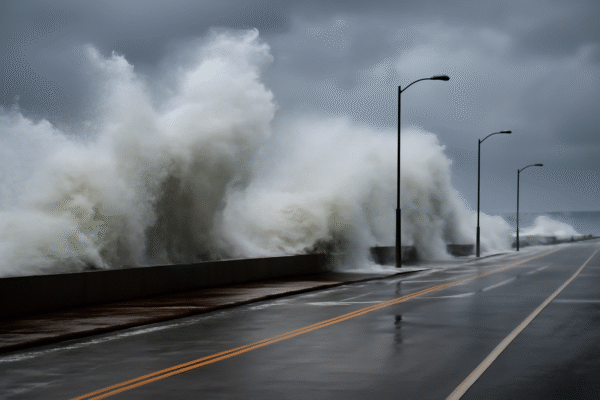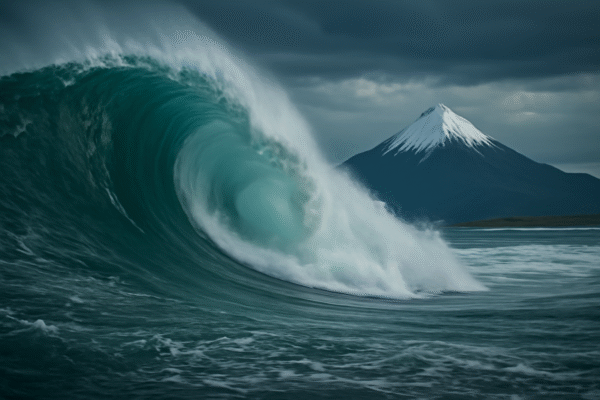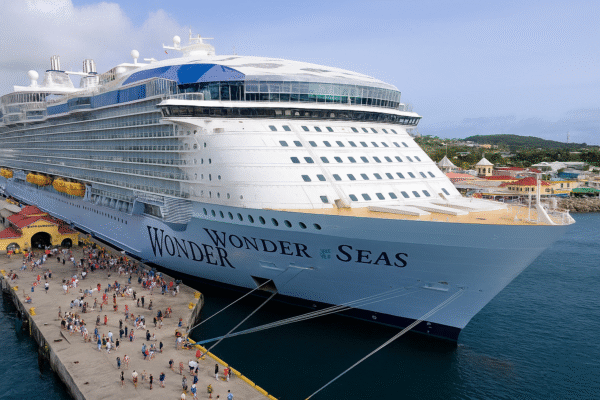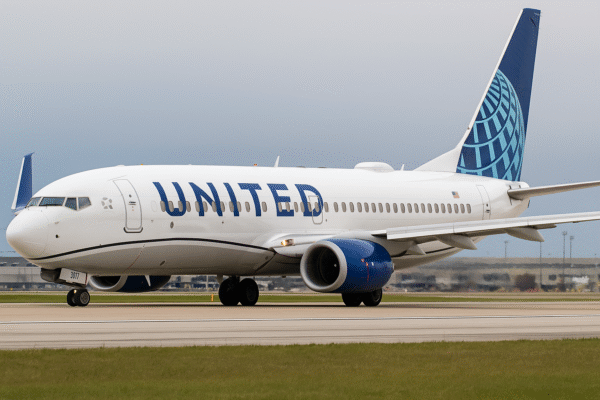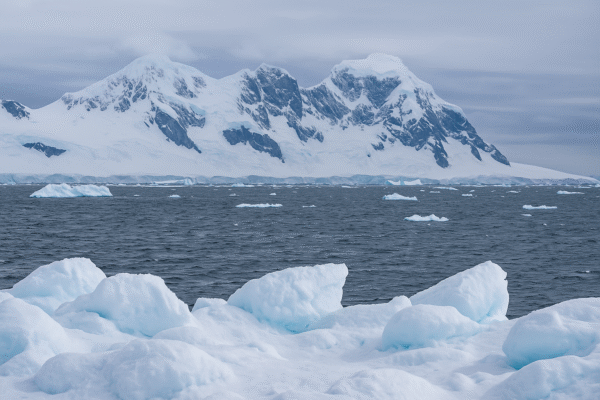Antarctica remains the pinnacle of adventurous destinations—pristine glaciers, towering icebergs, enigmatic wildlife scenes. But that allure comes cloaked in peril. On July 28, 2025, the U.S. State Department reissued its Level 2 (Exercise Increased Caution) travel advisory for the continent, urging readers to take the inherent dangers seriously.
Why the Increased Warning?
1. Extreme & Unpredictable Weather
Antarctica’s climate is notoriously volatile. Expeditioners face severe temperature swings, sudden snowstorms, and howling katabatic winds—gravity-driven gusts so powerful they can unbalance boats or knock individuals off course.
2. Hidden Ice Hazards
What appears as smooth snow can conceal deadly crevasses—hidden chasms that can open abruptly beneath unsuspecting trekkers. Nearby, massive tabular icebergs may fracture without warning, posing dire risks to ships.
3. Health and Emergency Shortfalls
Medical aid is virtually non-existent; Antarctica lacks consulates or U.S. embassies. In emergencies, the nearest U.S. diplomatic posts are located in Argentina, Australia, Chile, New Zealand, and South Africa, placing evacuees hours—or days—away from help.
Why Tourists Must Prepare
Secure Robust Travel Insurance
The Department of State advises comprehensive coverage that includes medical evacuation, trip cancellation, and weather delays—considered essential, not optional.
Stick with Licensed Operators
Travelers should journey with IAATO-certified adventure tour providers or be fully self-reliant on solo expeditions. These professionals are trained to expertly navigate hazardous ice fields and equip travelers with emergency tools.
Register via STEP
Signing up for the Smart Traveler Enrollment Program (STEP) ensures travelers receive emergency alerts and are easier to locate if needed.
The Drake Passage: A Perilous Beginning or End
Even before reaching the icy continent, travelers face the notorious Drake Passage—treacherous seas famed for sudden, violent storms. While some may experience calm waters dubbed “Drake Lake,” many endure extreme turbulence or “Drake Shake.” Sea sickness is common and sometimes severe, making preparation essential.
Rise in Antarctica Tourism
Tourism to Antarctica is on a steep rise—over 80,000 travelers explored the continent in the 2024–2025 season, compared to under 56,000 a few seasons ago.
This surge underscores the need for more controlled safety measures as the environment strain grows.
Travel Safety Checklist
| Measure | Reason |
|---|---|
| Comprehensive Insurance | Covers medical and evacuation costs—vital in remote emergencies |
| Join IAATO Expedition | Ensures professional guidance and safety planning |
| Enroll in STEP | Grants access to updated alerts and support networks |
| Pack Critical Safety Gear | Includes medical kit, layers, UV protection, and communication tools |
| Ocean Transit Planning | Prepare for weather extremes on the Drake Passage |
Why Caution Rings Louder Now
Climate change is reshaping Antarctica’s landscape, causing melting glaciers like the increasingly unstable Thwaites Glacier—the so-called “Doomsday Glacier”—to trigger swift environmental change.
Combined with rising tourist traffic, these shifts heighten the risk and amplify the need for readiness.
In Summary
Antarctica’s spectacular beauty comes paired with formidable challenges. The State Department’s advisory is a stark reminder: this continent demands respect, preparation, and steady hands. Whether planning a cruise, photographic expedition, or scientific journey, travelers must prioritize safety, secure professional help, and manage expectations—otherwise, this majestic frontier could become perilously unforgiving.
For more travel news like this, keep reading Global Travel Wire



